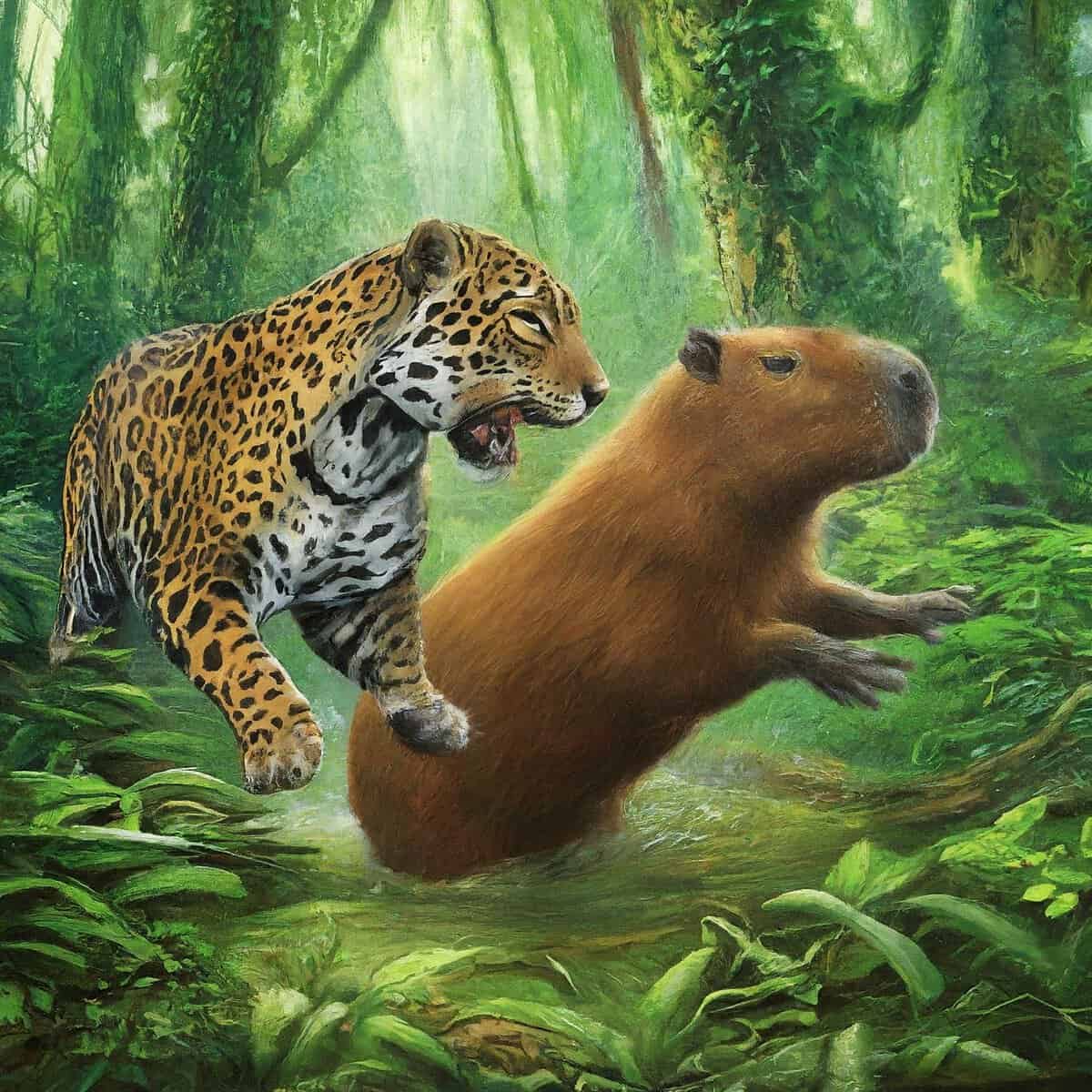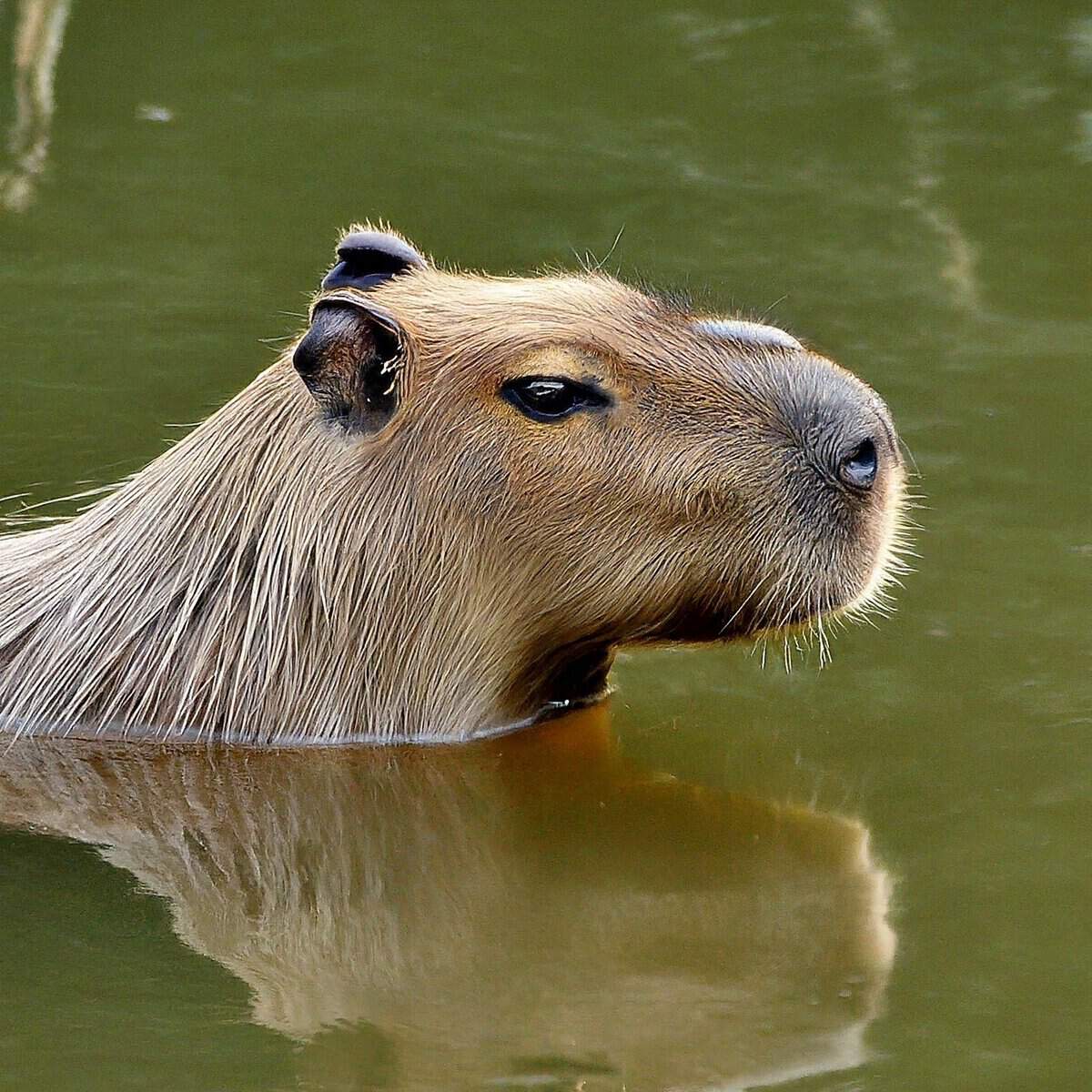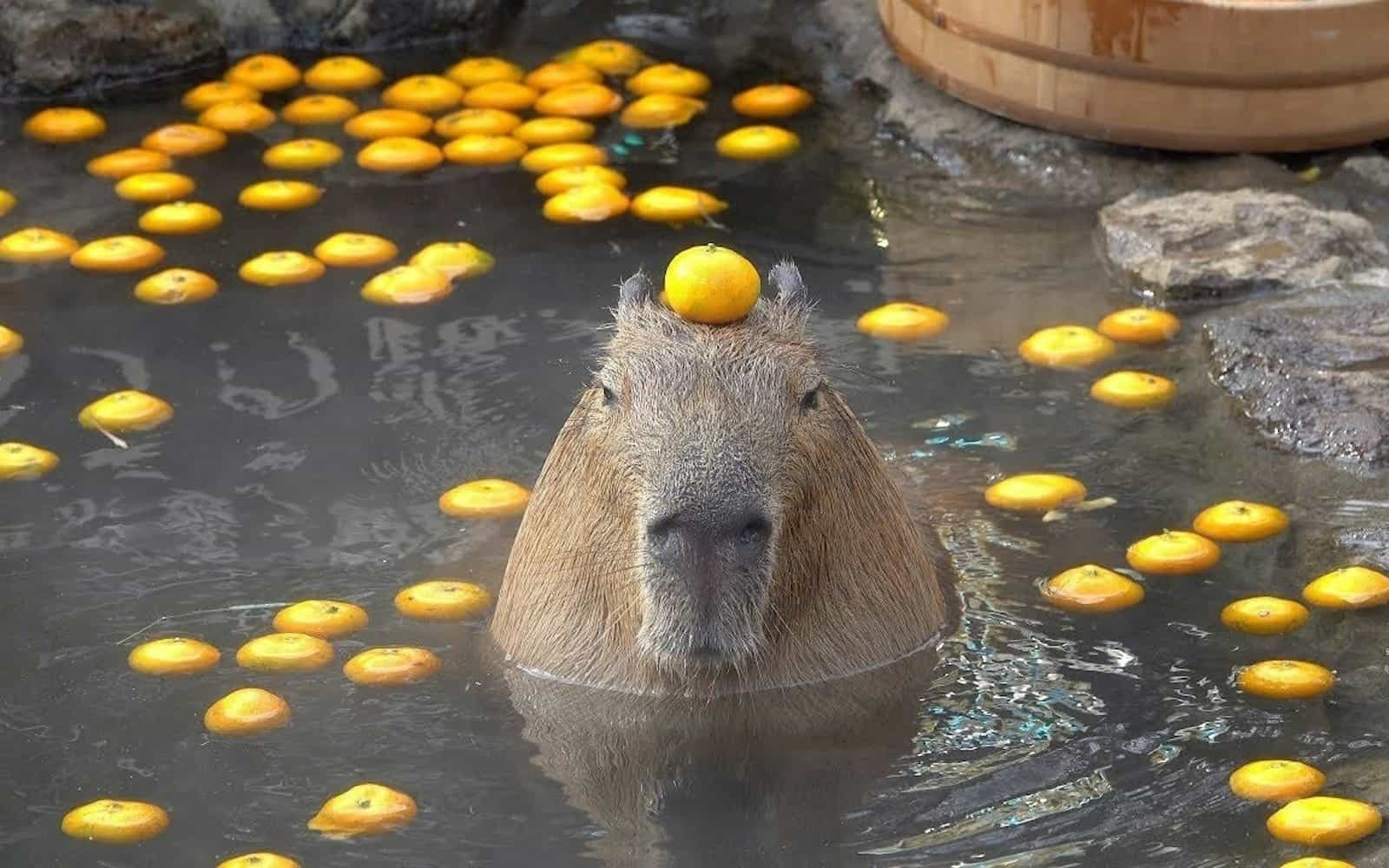Capybaras face threats from habitat destruction, hunting, and predation by jaguars, anacondas, and caimans.
Capybaras, the largest rodents in the world, are fascinating creatures that are native to South America. They are known for their semi-aquatic lifestyle, spending a significant amount of time in and around water. Capybaras are social animals, often found in groups of 10 to 20 individuals, and they are herbivorous, feeding on a variety of plants and grasses.
Their unique appearance, with their large size, webbed feet, and barrel-shaped bodies, makes them a popular attraction for wildlife enthusiasts and tourists visiting South America.
Capybaras are an important part of the ecosystem in their native habitats, playing a crucial role in maintaining the balance of the ecosystem. They are also a key prey species for many predators, including jaguars, anacondas, and caimans.
Unfortunately, capybaras are facing numerous threats to their survival, including habitat loss and fragmentation, illegal hunting and poaching, competition for resources with livestock, climate change and extreme weather events, and disease and parasites.
In this article, we will explore each of these threats in detail and discuss the conservation efforts and solutions that are being implemented to protect these unique creatures.
1. Habitat Loss and Fragmentation
One of the biggest threats to capybaras is habitat loss and fragmentation. As human populations continue to expand, the natural habitats of capybaras are being destroyed to make way for agriculture, urban development, and infrastructure projects.
This loss of habitat not only reduces the available space for capybaras to live and forage but also fragments their populations, making it more difficult for them to find suitable mates and maintain genetic diversity.
The destruction of wetlands and water bodies also has a significant impact on capybaras, as they rely on these areas for food, shelter, and reproduction. Without access to these vital resources, capybaras are forced to move into areas that are less suitable for their survival, increasing their vulnerability to predation and other threats.
Conservation efforts aimed at protecting the remaining natural habitats of capybaras are crucial for their long-term survival. This includes the establishment of protected areas, the restoration of degraded habitats, and the implementation of sustainable land use practices that minimize the impact on capybara populations.
2. Illegal Hunting and Poaching

Illegal hunting and poaching pose a serious threat to capybaras, as they are often targeted for their meat, fur, and body parts. In some regions of South America, capybaras are hunted for their meat, which is considered a delicacy in certain cultures.
Additionally, their fur is highly prized for its softness and warmth, leading to illegal trade in capybara pelts. The demand for capybara products has led to unsustainable hunting practices that have significantly reduced capybara populations in many areas.
Poaching also poses a threat to capybaras, as they are often killed by hunters who view them as pests or competitors for resources. In some cases, capybaras are targeted by farmers who see them as a threat to their crops or livestock.
This conflict between humans and capybaras has led to widespread persecution of these animals, further endangering their survival. Conservation efforts aimed at addressing illegal hunting and poaching include the enforcement of wildlife protection laws, the establishment of protected areas where hunting is prohibited, and community-based initiatives that promote sustainable hunting practices and alternative sources of income.
3. Competition for Resources with Livestock

Capybaras often come into conflict with livestock over access to food and water resources. As human populations continue to expand, the demand for agricultural land has increased, leading to the conversion of natural habitats into pastureland for livestock.
This has resulted in increased competition between capybaras and livestock for grazing areas and water sources. In some cases, capybaras are viewed as competitors by farmers who see them as a threat to their livestock’s food supply.
Competition with livestock can have serious consequences for capybaras, as it can lead to reduced access to food and water resources, increased stress, and higher mortality rates. Additionally, competition with livestock can also increase the risk of disease transmission between capybaras and domestic animals.
Conservation efforts aimed at addressing competition for resources with livestock include the implementation of sustainable land use practices that minimize the impact on capybara populations, the establishment of wildlife corridors that allow capybaras to move between fragmented habitats without coming into contact with livestock, and community-based initiatives that promote coexistence between humans, livestock, and wildlife.
4. Climate Change and Extreme Weather Events

Climate change and extreme weather events pose a significant threat to capybaras and their habitats. As global temperatures continue to rise, many regions of South America are experiencing more frequent and severe droughts, floods, and other extreme weather events.
These changes in climate can have a profound impact on the availability of food and water resources for capybaras, as well as their ability to find suitable habitat for shelter and reproduction.
Extreme weather events can also increase the risk of predation and disease transmission among capybara populations. For example, severe droughts can lead to the drying up of water bodies, forcing capybaras to travel long distances in search of water and increasing their vulnerability to predation. Similarly, floods can disrupt capybara populations by destroying their habitats and dispersing individuals into unfamiliar areas where they may struggle to survive.
Conservation efforts aimed at addressing climate change and extreme weather events include the implementation of climate-resilient land use practices that minimize the impact on capybara populations, the restoration of degraded habitats to improve their resilience to extreme weather events, and the development of early warning systems to help protect capybaras from the impacts of climate change.
5. Disease and Parasites

Disease and parasites pose a significant threat to capybaras, as they can have a profound impact on their health and survival. Capybaras are susceptible to a wide range of diseases and parasites, including tick-borne illnesses, parasitic infections, and viral diseases. These diseases can spread rapidly through capybara populations, leading to high mortality rates and reduced reproductive success.


